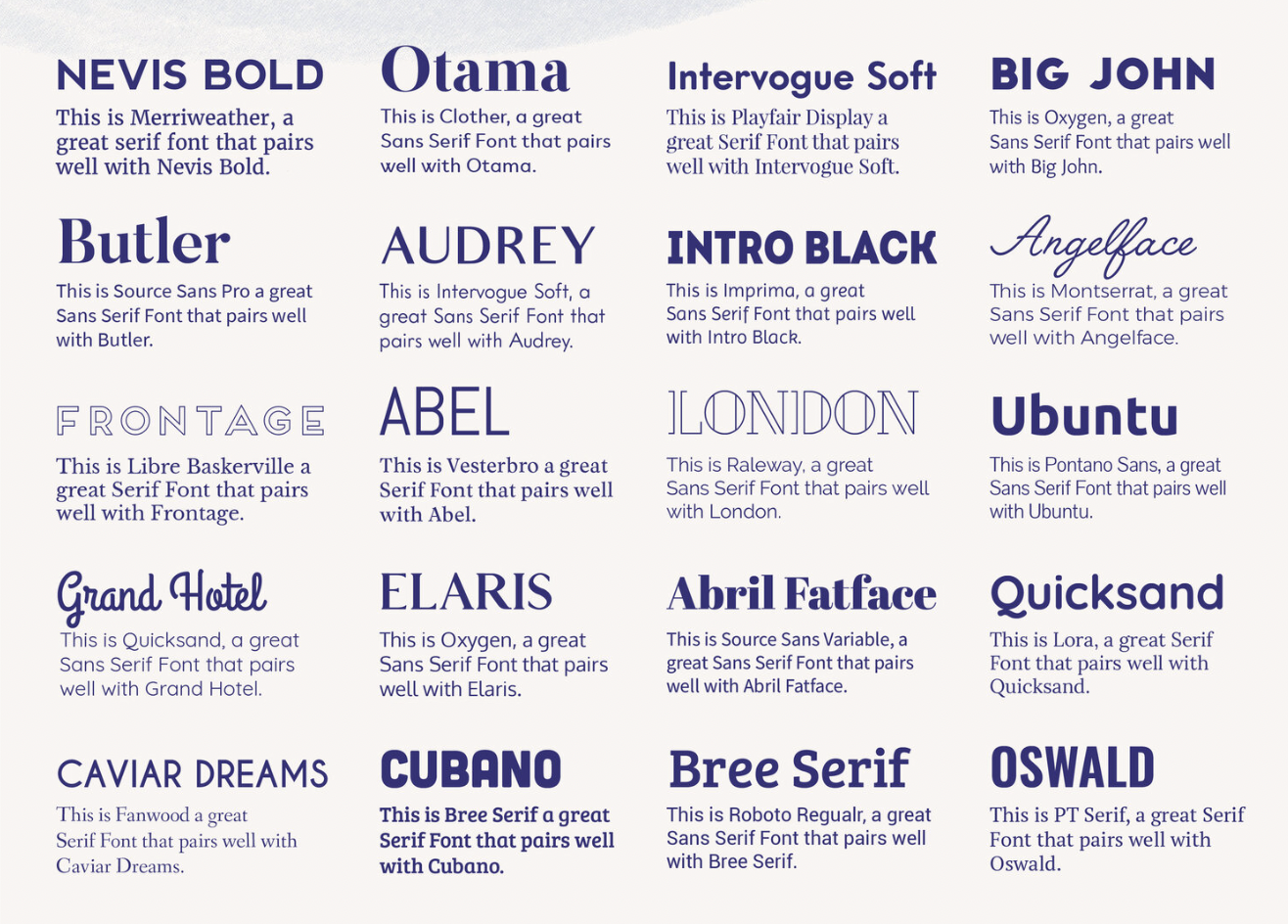Aperture Explained!
When it comes to photography, there are several key factors that determine the overall look and feel of your images. One such factor is aperture – a term commonly used among photographers to describe the opening through which light enters the camera. In this blog post, we will dive into the world of aperture and explore its impact on your photos, along with some practical examples.
What is Aperture?
In simple terms, aperture refers to the size of the opening in the camera lens that lets light pass through. It is measured in f-stops, denoted by numbers such as f/1.8, f/4, f/8, and so on. The interesting thing about aperture is that it does not only control the amount of light hitting the camera's sensor but also affects the depth of field (DOF) in your photos.
Aperture and Depth of Field
Depth of field refers to the range of distance in a photograph that appears sharp and in focus. It is determined by three factors: aperture, focal length, and subject distance. When it comes to aperture, a wider or larger aperture (smaller f-stop number) leads to a shallower depth of field, while a narrower or smaller aperture (larger f-stop number) results in a deeper depth of field.
To better understand this concept, let's take a look at a few examples:
Example 1: Portrait Photography
When shooting portraits, you often want to isolate the subject from the background to draw attention to their face. To achieve this, you can use a wider aperture (e.g., f/1.8) to create a shallow depth of field. By doing so, the subject will be sharply in focus, while the background becomes beautifully blurred, creating an appealing bokeh effect.
Example 2: Landscape Photography
In landscape photography, you generally want to capture a wide scene with a significant depth of field to ensure everything appears sharp and in focus. To achieve this, you would use a narrower aperture (e.g., f/16 or even higher). With a smaller aperture, your photo will have a deeper DOF, allowing both the foreground and background elements to remain crisp and detailed.
Using Aperture creatively
Understanding the relationship between aperture and depth of field opens up a world of creative possibilities in photography. By deliberately adjusting your aperture settings, you can control which elements in your frame will be in focus, allowing you to emphasize specific subjects or create unique visual effects.
Let's explore two additional examples:
Example 3: Food Photography
When photographing food, you might want to capture the dish in sharp detail while giving the background a pleasing blur. By setting a wider aperture (e.g., f/2.8), you can achieve selective focus, highlighting the delicious details of the food while creating a soft background that leads the viewer's eye to the subject.
Example 4: Macro Photography
Macro photography involves capturing intricate details of small subjects, such as flowers or insects. To ensure these tiny subjects are rendered in sharp detail, you need to use a smaller aperture (e.g., f/11 or higher). This allows for a deeper depth of field, ensuring the entire subject is in focus.
Aperture is a powerful tool in photography that not only controls the amount of light hitting your sensor but also affects the depth of field in your images. By mastering the art of manipulating aperture settings, you can take your photos from ordinary to extraordinary. Experiment with different f-stop values, understand the mood you want to convey, and let your creativity shine through every click of the shutter. Remember, aperture is your ally in bringing your photos to life!


















